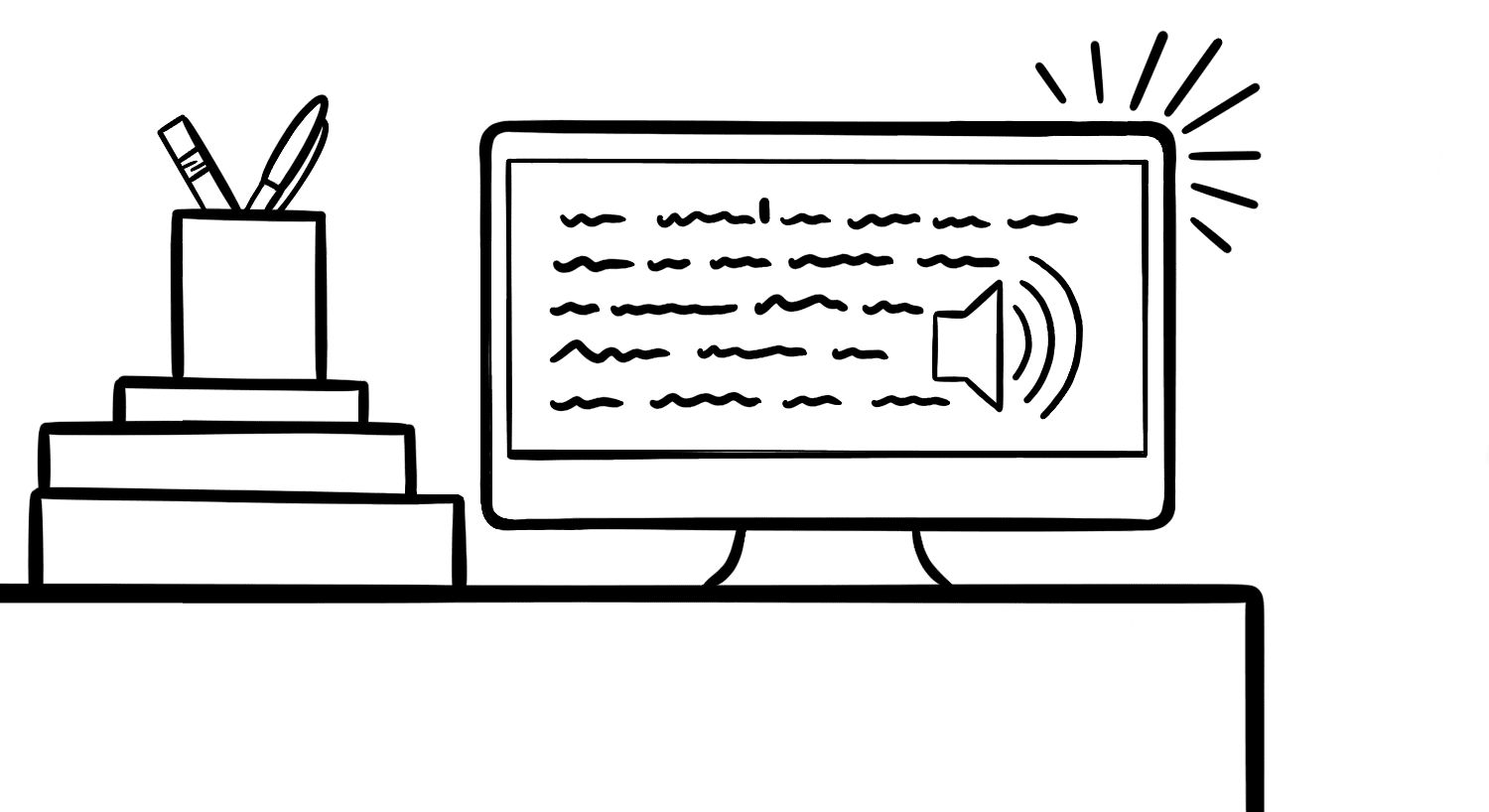What is VoiceOver?
VoiceOver is the name of the screen reader functionality on Apple products, primarily used by those who are blind.


VoiceOver defined:
VoiceOver is the name of the screen reader included on all Apple products including the iPhone, Apple Watch, TV, Mac, iPad, and HomePod. It supports various methods of navigating, reading, and activating items on screen, depending on the device. These include a system of gestures to explore the screen and activate items, use of the keyboard on supported devices, and use of other available controls like the crown on Apple Watches.
When it premiered on the iPhone 3GS, VoiceOver was the first screen reader to be included on a mobile phone out of the box. Apple developed many of the methods used to make a touchscreen-only interface accessible that have become standard on multiple platforms today, with the embedded screen reader feature being one of its most popular and well-known.
As Apple continued work on the screen reader, it included many ground-breaking features that remain unavailable on other platforms, including sonification of charts and graphs, AI-based screen recognition to identify unlabeled elements, photo detection to describe photos and perform OCR on any text they contain, and methods of making touchscreen-only maps fully accessible.
In order to enable VoiceOver, ask Siri “turn on VoiceOver” on any device that supports Siri. Devices that do not support Siri can have VoiceOver enabled by triple clicking the Home, Menu, or Crown button on the device.
Unlike on Google’s open-source Android operating system, VoiceOver is closed source, and many of the APIs it uses are proprietary. This means that VoiceOver users can’t add customized third-party voices or create addons for the screen reader to customize its functionality. While most users don’t miss this functionality, those who require deeper customization of the screen reader will often choose to use Android instead.

